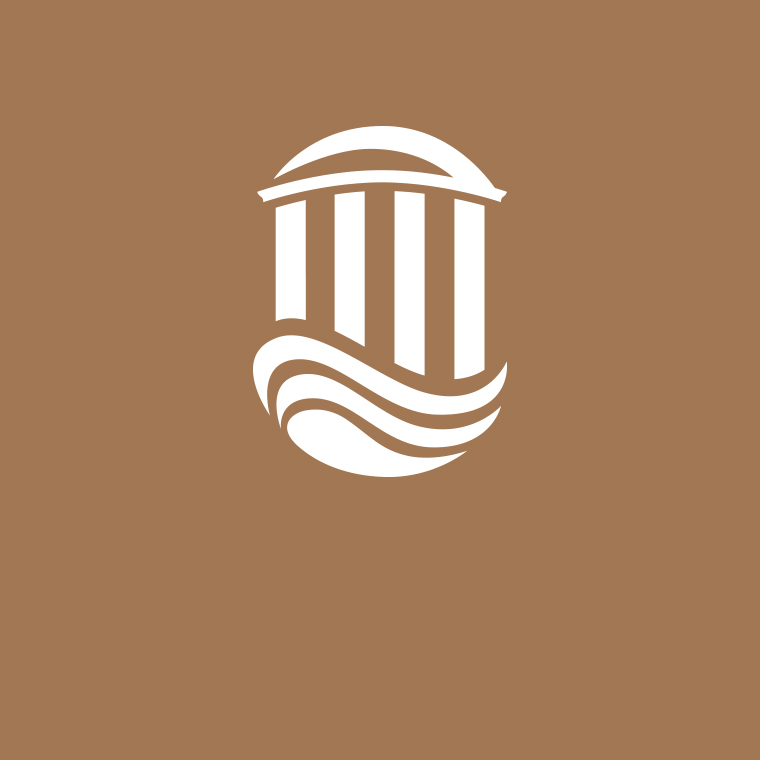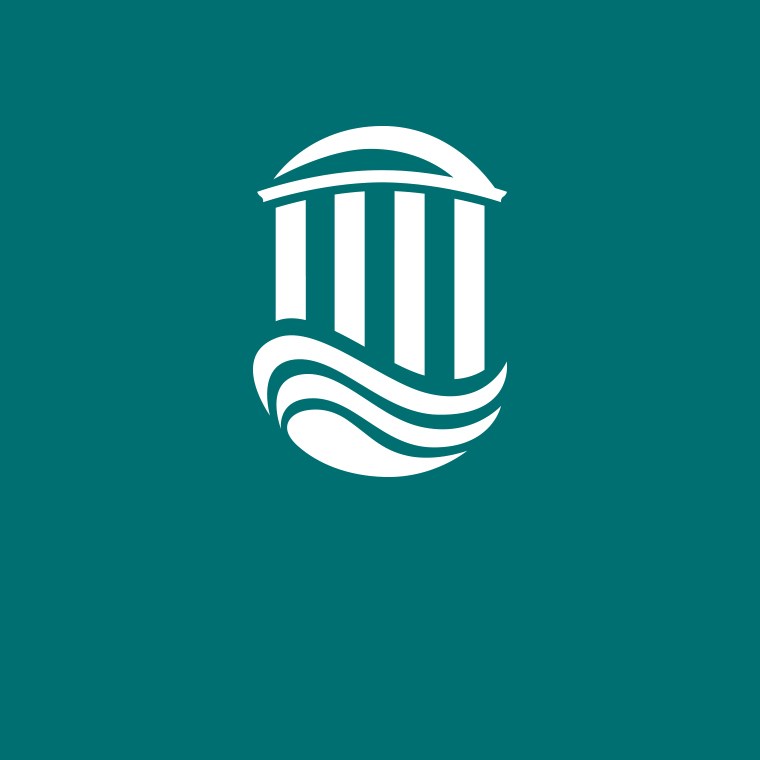Current Research
History of Enslaved Communities at Hobcaw Barony:
- Since Fall 2022, a team of faculty, staff, and students from Coastal Carolina University and Francis Marion University have been engaged in research on the history of enslaved communities at Hobcaw Barony. With support from the Georgetown County Library, the Baruch Foundation, and the University of South Carolina’s Baruch Institute for Marine and Coastal Sciences, the team has identified the names of hundreds of enslaved individuals at Hobcaw and learned more about the dynamic nature of the plantations that existed there.
- So far, the Institute has been involved in two presentations and is helping plan a third related to this research. In February 2022, Professor Emerita and retired Co-Director Lynn Hanson led a group presentation of the initial results at the Universities Studying Slavery (USS) Symposium in Florence. In October 2023, Madison Cates presented on the history of the Black Freedom Struggle at Hobcaw as part of the Georgetown County Library’s “Talking History Series.”
- An event showcasing the results of the research team’s work will occur at Hobcaw Barony’s Kimbel Lodge on April 16, 2024. For more information, see the News and Events page.
- To learn a little more about what the work that CCU students have been doing as part of this research, see here: https://www.instagram.com/p/CqTeFAyvdF3/
Previous and Ongoing Work:
Using 3-D Modeling/Printing to Conserve Belle Baruch’s Equestrian Medals
- Belle Baruch was an accomplished equestrian, and for a time, many of her medals were displayed at her stables at Hobcaw Barony. Time and exposure to the elements has taken its toll on many of these medals. In an effort to conserve them, they were removed from the stables. A project by Francis Marion engineering student Jerel Dawkins (supported by Dr. Rahul S. Renu and Dr. Lynn Hanson) is attempting to use 3-D printing and reverse engineering create replicas of some of Belle’s medals for display at Hobcaw Barony, while the originals can be more safely preserved.
- Learn more from this FMU news story.
Conserving and Analyzing Belle Baruch’s Checkbooks
- After cleaning and recording financial records found at Bellefield House, the Institute now has a dataset of Belle Baruch’s financial transactions between 1940 and 1961. The archived original documents include over 6,100 check stubs in 26 checkbooks and over 1,000 cancelled checks. These checks show Belle Baruch’s numerous contributions to the community and organizations, dedication to work and responsibility, as well as her playfulness and adventurous spirit. Most of all, the collection of checks is an insight into Belle’s extraordinary life.
- You can open the Excel dataset of Belle Baruch’s checks to view details, search, and sort the worksheet of checkbooks and the worksheet of cancelled checks. See also these Acknowledgements.
- To cite information derived from this data, please use this source citation information: Hanson, Lynn. “Belle W. Baruch’s Personal Checks, 1940-1961.” [Electronic Record] Details of Personal Checks and Check Stubs, 1940-1961. Francis Marion University.
Effects of Rising Sea Levels on Archeological Sites at Hobcaw Barony
- From 2018-2020, Co-Director and Professor of Anthropology Carolyn Dillian and her students conducted research to assess the impacts of rising sea levels and frequent and severe storm events resulting from climate change on archaeological sites at Hobcaw Barony. The shell middens visible at Hobcaw offer evidence of Prehistoric Native American people, who are the ancestors of the modern Waccamaw Indian People. The shell middens show that they harvested shellfish in this area, including oysters and clams. However, rising sea levels and frequent storms are actively eroding the middens. Dr. Dillian’s research, in collaboration with students, documents this erosion and will be used to create mitigation plans for saving this important record of Georgetown County’s prehistoric past.
- For more information on Dr. Dillian’s research at Hobcaw, check out the following videos
Hobcaw Research with Dr. Dillian
Prehistoric Archaeological Dig with Dr. Dillian




